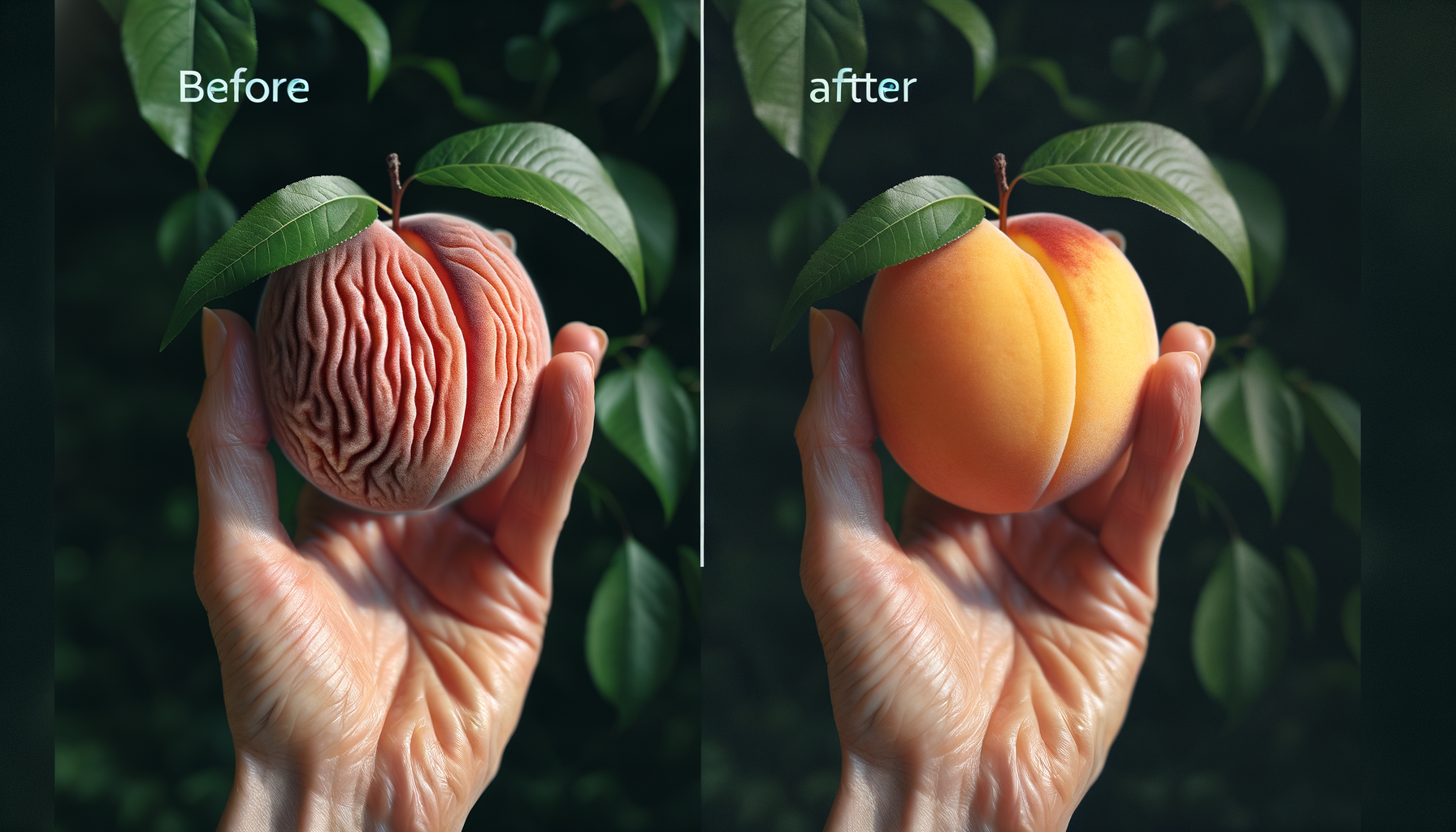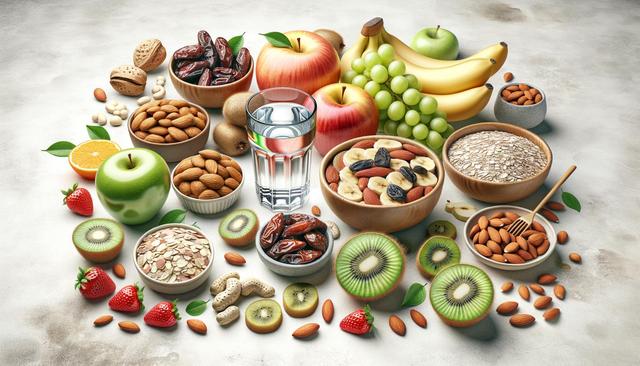In today’s fast-paced world, aspiring for a more youthful appearance has become more accessible than ever, thanks to advancements in cosmetic treatments like Botox. Botox, derived from a neurotoxin produced by the bacterium Clostridium botulinum, has revolutionized the way we approach aging by smoothing wrinkles and fine lines, offering a natural, refreshed look. This article delves into the world of Botox, exploring what it is, how it works, and why it has become a go-to solution for many seeking to turn back the clock on their skin. We will begin by understanding the science behind Botox, explaining how it temporarily paralyzes muscles to reduce the appearance of wrinkles. Then, we’ll discuss the myriad benefits of Botox, not only for cosmetic enhancement—such as smoothing frown lines, crow’s feet, and forehead creases—but also for treating various medical conditions. You’ll learn about the procedure itself, including what to expect during your consultation, how the treatment is administered, and what the recovery process entails. Safety is paramount when considering any cosmetic treatment, so we’ll address the safety profile of Botox, including common side effects like mild pain, swelling, or bruising at the injection site, as well as who might not be a good candidate for the procedure. Choosing the right provider is crucial for achieving the best results, and we’ll provide tips on how to select a qualified professional who can tailor treatments to your specific needs. Additionally, we’ll touch on the longevity of Botox results, which can last up to four months, and the importance of maintenance treatments to sustain your youthful appearance. For those curious about other options, we’ll briefly compare Botox with alternative treatments for wrinkles, helping you make an informed decision. Finally, we’ll discuss the cost of Botox and how to access this popular treatment, ensuring you have all the information you need to proceed confidently. As Botox continues to evolve, we’ll also glance at emerging trends, such as its preventative use in younger patients and its potential applications in mental health and chronic pain management, showcasing its versatility beyond cosmetics.

